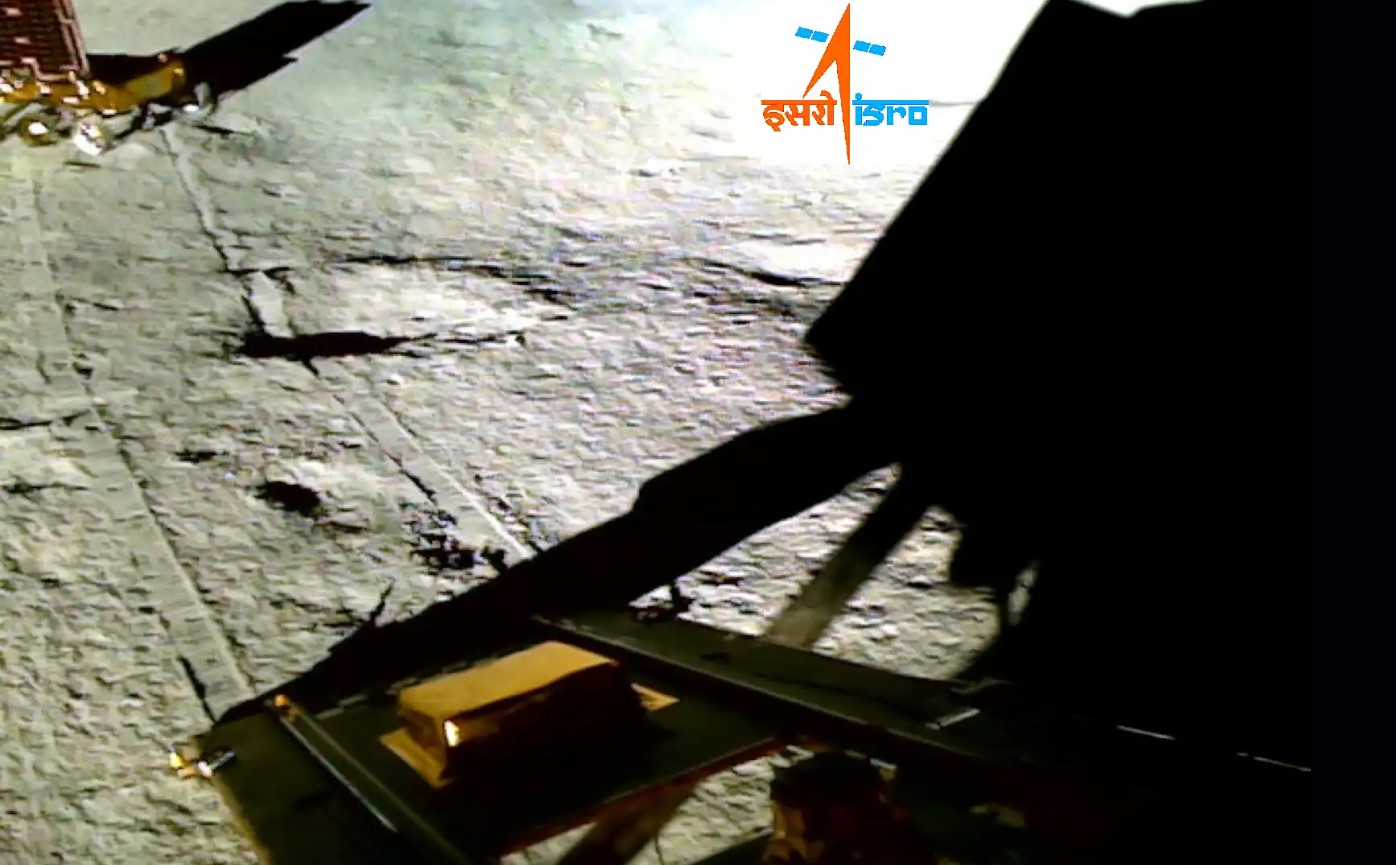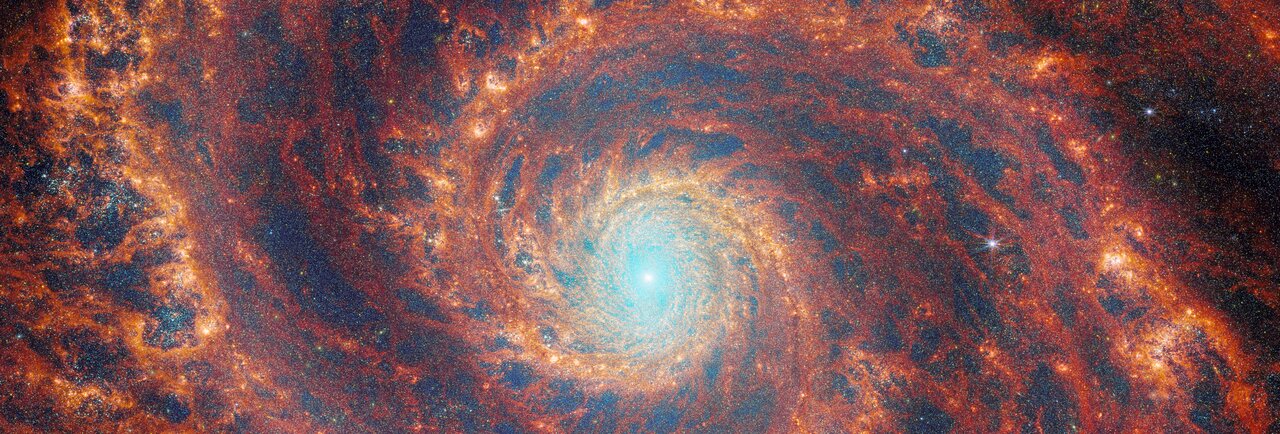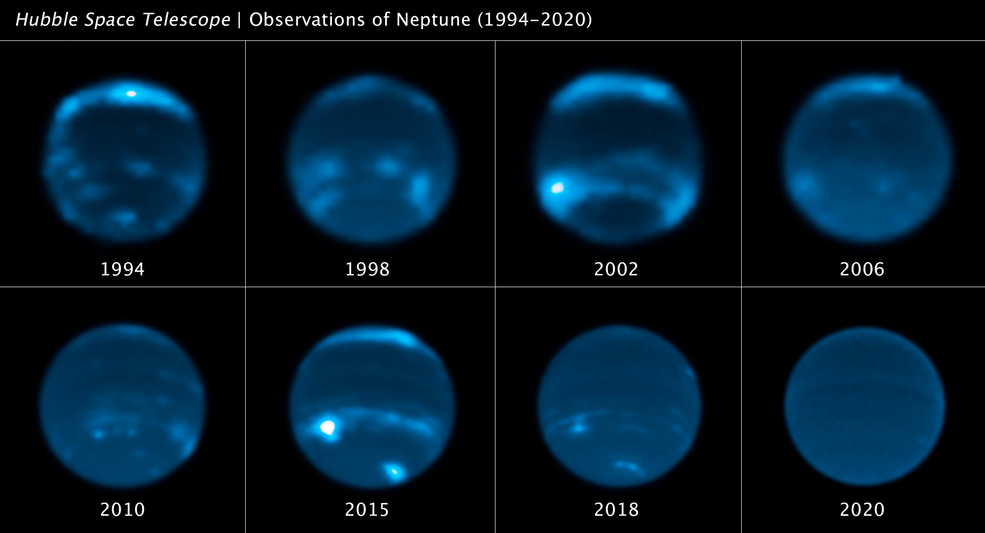Engineers working with the European Space Agency have developed a new thruster design smaller than the tip of your finger. Despite its small size, this mini-thruster designed for CubeSats appears to be highly efficient without the use of toxic chemicals.
Continue reading “Spacecraft Could be Equipped With Tiny Thrusters That Use Water for Propellant”SpaceX Test Fires a Raptor Engine, Simulating a Lunar Landing
When NASA astronauts return to the surface of the Moon in the Artemis III mission, the plan is to use a modified SpaceX Starship as their lunar lander. NASA announced last week that SpaceX has now demonstrated an important capability of the vacuum-optimized Raptor engine that will be used for the lander: an extreme cold start.
A test last month successfully confirmed the engine can be started in the frigid conditions of space, even when the vehicle has spent an extended time in space, where temperatures will drop lower than a shorter low-Earth orbit mission. The Raptor vacuum engine was chilled to mimic conditions after a long coast period in space, and then was successfully fired.
Continue reading “SpaceX Test Fires a Raptor Engine, Simulating a Lunar Landing”Stunning New Images from the 2023 ‘Astronomy Photographer of the Year’ Competition

The winners of the 15th annual “Astronomy Photographer of the Year” competition have been announced at the Royal Observatory in Greenwich England. The annual competition features some of the best space photography taken by amateur astrophotographers from around the world.
For the 2023 competition there were over 4,000 entries from 64 countries. Our lead image features an eye-catching capture of an aurora by photographer Andreas Ettl over the Lofoten Islands of Norway.
“Pictures of the aurora such as this are so enchanting,” said one of the competition’s judges, Imad Ahmed. “The icy temperature of the landscape is almost palpable, with the snow-capped mountain framed by the cold emerald hues. … There are a lot of rich details in the picture too, including a canopy of stars subtly strewn across the sky, really adding to the majesty of the shot.”
See more beautiful images below, plus an image that captured a surprising discovery.
Continue reading “Stunning New Images from the 2023 ‘Astronomy Photographer of the Year’ Competition”The Seasons on Saturn are Changing. It's Time to Say Goodbye to Its North Pole for a Few Years

Just like Earth, Saturn goes through seasons because of its axial tilt. But a year on Saturn lasts 30 Earth years, so each of its seasons lasts 7.5 years. Right now, it is late summer on Saturn’s northern hemisphere, so again, just like Earth is currently heading for northern autumn equinox in September, Saturn is heading for northern autumn equinox a little later, in 2025.
Before Saturn’s north pole enters its extended polar winter – rendering it inaccessible for observations — astronomers are taking advantage of being able to study this area with the James Webb Space Telescope, which became operational just over a year ago.
Continue reading “The Seasons on Saturn are Changing. It's Time to Say Goodbye to Its North Pole for a Few Years”DART Had a Surprising Impact on its Target

After NASA’s DART mission slammed into asteroid Dimorphous in September 2022, scientists determined the impact caused tons of rock to be ejected from the small asteroid’s surface. But more importantly, DART’s impact altered Dimorphos’ orbital period, decreasing it by about 33 minutes.
However, a group of researchers measured the orbital period about a month later and discovered that it had increased to 34 minutes — 1 minute longer than the first measurements. Even though it was a single impact from DART, some force continued to slow the asteroid’s orbit, and astronomers don’t yet know what that mechanism might be.
Continue reading “DART Had a Surprising Impact on its Target”India Follows its Lunar Mission by Sending a Spacecraft to Study the Sun

Amid its Chandrayaan-3 mission to the Moon, India’s space agency launched another satellite and this one will study the Sun.
The spacecraft, called Aditya-L1, is bound for the Earth-Sun L1 Lagrange Point, located 1.5 million km from Earth. This will give it a perfect perspective to watch the Sun, similar to NASA’s SOHO mission. It will reach its destination in about three months and then use seven instruments to observe the Sun, its atmosphere, and the solar environment.
Continue reading “India Follows its Lunar Mission by Sending a Spacecraft to Study the Sun”So Much to Do, So Little Time. Chandrayaan-3 Makes the Most of Its Time at the Moon’s South Pole

India’s Chandrayaan-3 lunar lander and rover are quickly checking all the boxes of planned tasks for the mission. Time is short, as the duo are expected to last just 14 days on the Moon’s surface, or one lunar day, the amount of time the solar-powered equipment is built to last. Therefore, we likely only have until about September 6 or 7 to follow any action. But what a joy to watch the updates coming in from ISRO, the Indian Space Resource Organization.
Continue reading “So Much to Do, So Little Time. Chandrayaan-3 Makes the Most of Its Time at the Moon’s South Pole”The Whirlpool Galaxy, Seen by JWST

The Whirlpool Galaxy, aka M51, is one of the most well-known objects in the night sky. It’s close enough and prominent in the northern sky that amateur astronomers have shared stunning pictures of it for decades. But you’ve never seen anything like this: M51 as seen by the James Webb Space Telescope (JWST). This image contains data from the telescope’s NIRCam and MIRI instruments, which shows incredible detail and reveals hidden features among the spiral arms.
Continue reading “The Whirlpool Galaxy, Seen by JWST”Crew-7 Reaches the International Space Station

SpaceX Crew-7, the next group of four astronauts, are now on board the International Space Station, and this diverse crew is definitely putting “International” in the ISS. The new crew hails from four different countries: the US, Denmark, Japan and Russia. There will be 11 people on board the station for a few days before the Crew-6 foursome head back to Earth.
NASA has at least 200 science experiments and technology demonstrations queued up for Crew-7[‘s six months space, many of which will help prepare for the upcoming Artemis missions.
Continue reading “Crew-7 Reaches the International Space Station”Neptune's Cloud Cover is Linked to the Solar Cycle

Whenever Neptune reaches its closest point in the sky to Earth, its portrait is taken by the Hubble Space Telescope and other ground-based observatories. Watching the planet from 1994 to 2020, astronomers have made puzzling discovery.
The clouds in Neptune’s atmosphere appear to be to be linked to the solar cycle and not the planet’s cycle of seasons. The global cloud cover seems to come and go in a cycle that apparently syncs up with the Sun’s 11-year cycle, as it shifts from solar maximum to solar minimum or vice versa. This is surprising since Neptune is so far from the Sun and receives about 0.1% of Earth’s sunlight.
Continue reading “Neptune's Cloud Cover is Linked to the Solar Cycle”

